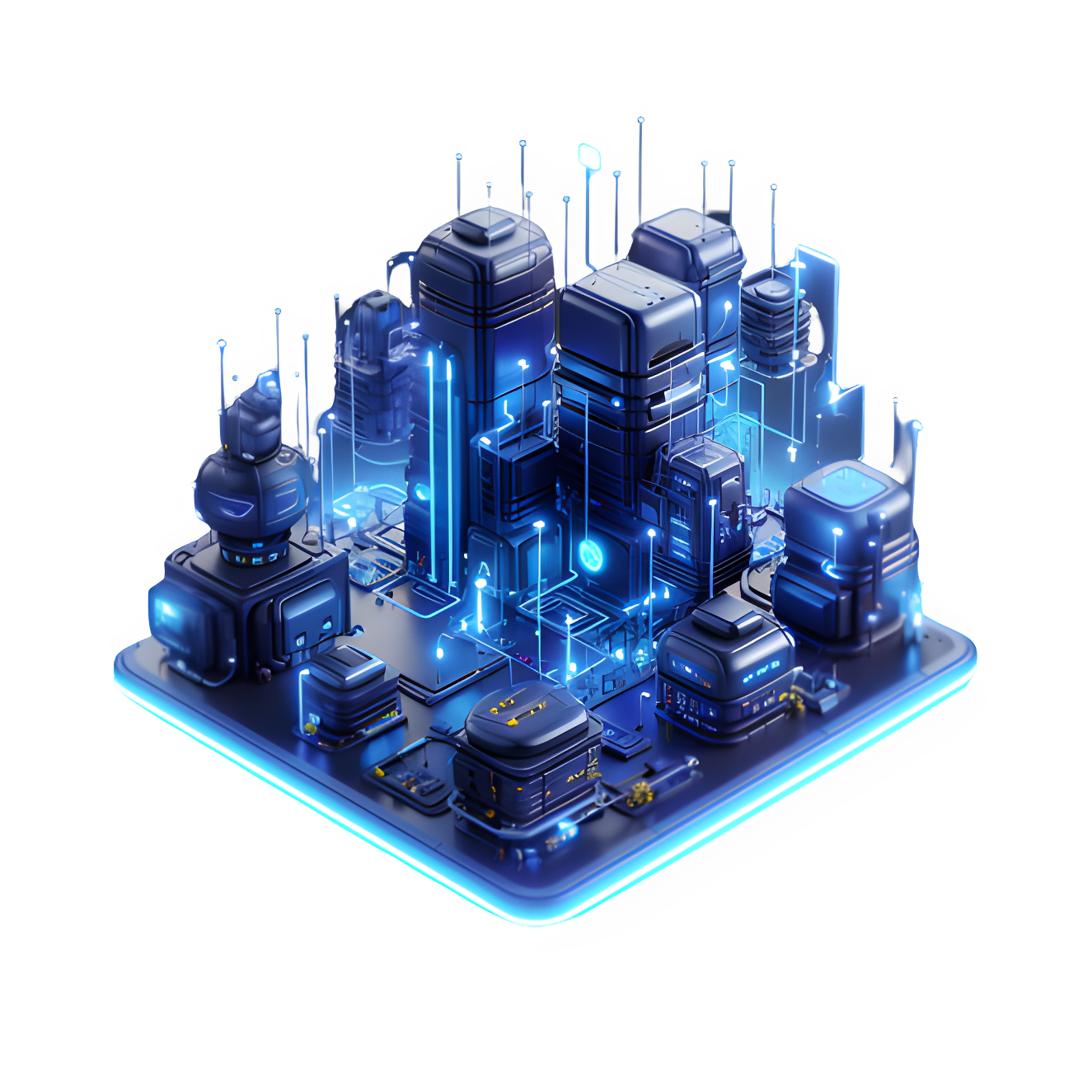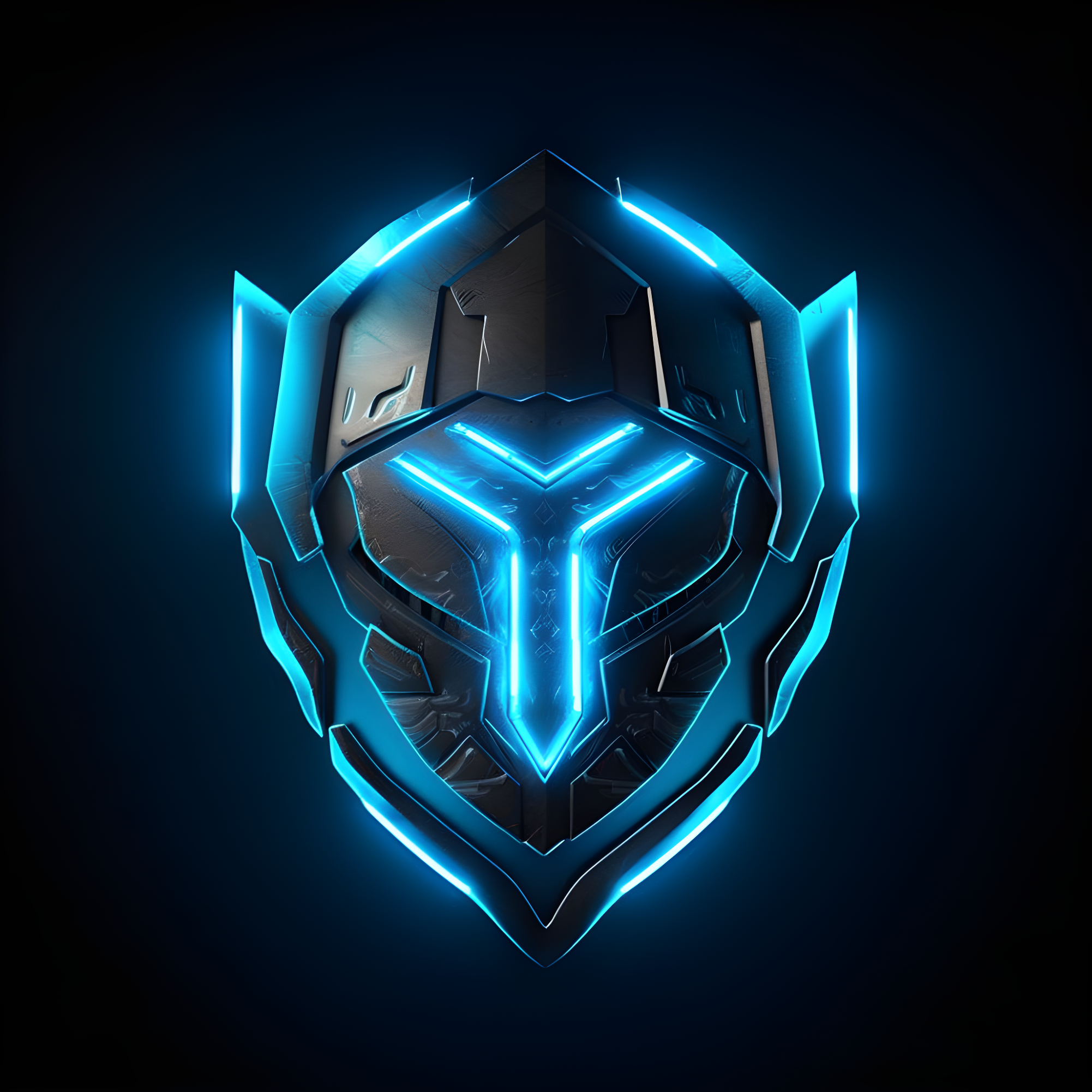Blockchain technology
security, transparency and digital revolution.
A blockchain is a decentralized digital database that stores information in the form of transactions. Unlike traditional centralized databases, a blockchain is managed by a network of computers, also known as nodes. These nodes validate, verify, and store transactions in blocks, which are then linked chronologically to form a chain.
The way a blockchain works is based on three fundamental concepts:
Consensus mechanism
In order for all nodes in the blockchain to arrive at a unified view of the state of the database, a consensus mechanism is used. This mechanism determines how decisions about validating and adding transactions to the blockchain are made. Examples of consensus mechanisms are Proof-of-Work (PoW) and Proof-of-Stake (PoS).

Decentralization
A blockchain is not a centralized system, but consists of many nodes that communicate with each other and validate transactions. This eliminates dependence on a central authority or institution and improves security and transparency.
Cryptography
The transactions in a blockchain are protected by cryptographic procedures. Each block contains a cryptographic hash value that represents the previous block and all the transactions it contains. This ensures the integrity of the data and makes subsequent manipulation more difficult.

Digital identity
By using a blockchain, a unique digital identity can be created for users in the Metaverse. This identity can be used for authentication, access to specific areas and services, and privacy protection.

Virtual economy
The blockchain enables trading of virtual assets, such as virtual land, virtual objects or digital artworks, using non-fungible tokens (NFTs). This enables transparent and secure trading in a trusted environment.

Security and transparency
Due to the decentralized nature of the blockchain, transactions in the Metaverse can be tracked securely and transparently. The integrity of the data and the immutability of the transactions are guaranteed, which strengthens the trust of the users.

Governance and community participation
Blockchain-based systems can promote participation and co-determination of the Metaverse community. Through voting and governance mechanisms, decisions about the development and management of the Metaverse can be made democratically.
It is important to note that the integration of blockchain into the Metaverse is still in its infancy and many technological and regulatory challenges exist. Nevertheless, blockchain technology offers potential to improve the security, transparency, and sustainability of the Metaverse and create new opportunities for interaction and commerce in virtual worlds.
Never bought a virtual land before?
It's easier than you think!
Follow our guide to get your first virtual land.
If you have any questions, feel free to contact our support team.
Follow our guide to get your first virtual land.
If you have any questions, feel free to contact our support team.